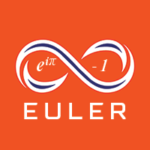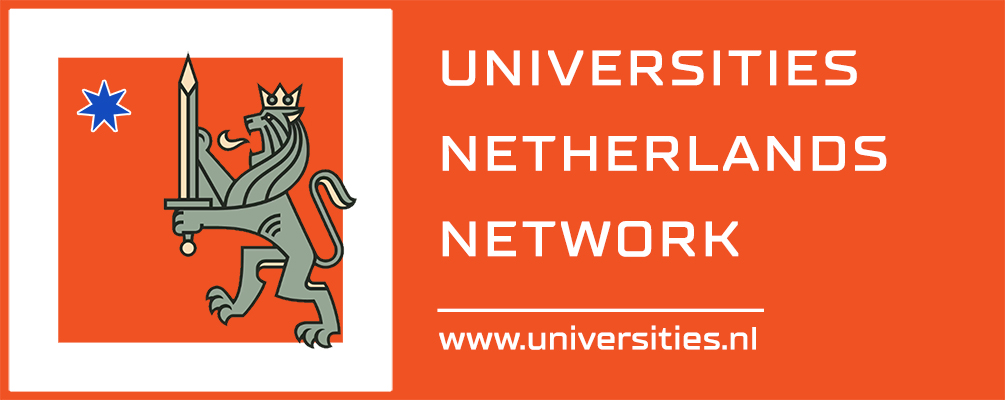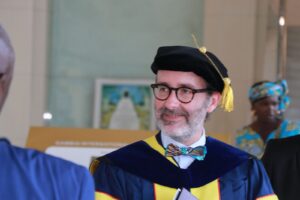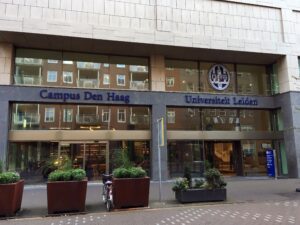Understanding ECTS: The Backbone of Mobility in European Higher Education
The European Credit Transfer and Accumulation System (ECTS) plays a pivotal role in harmonizing higher education across Europe, enabling students to pursue studies seamlessly across borders. This article explores the general significance of ECTS within the European Higher Education Area (EHEA), with a particular focus on its implementation in the Netherlands. Additionally, it delves into practical estimations of ECTS credits for common academic activities such as reading textbooks, writing papers, and watching video lectures, based on typical workload guidelines.
What is ECTS and Its Role in the EHEA?
ECTS is a learner-centered credit system designed to make higher education qualifications more transparent and comparable across European countries. Introduced as part of the Bologna Process, it facilitates student mobility by allowing the transfer and accumulation of credits earned in different institutions or countries. At its core, ECTS quantifies the workload required to achieve specific learning outcomes, rather than just the hours spent in class.
In the EHEA, which encompasses 49 countries committed to creating a unified higher education space, ECTS ensures that degrees and courses are recognizable and transferable. A standard full-time academic year is equivalent to 60 ECTS credits, representing a total student workload of 1,500 to 1,800 hours. Each ECTS credit typically corresponds to 25-30 hours of work, including lectures, seminars, independent study, practical work, and assessments. This workload-based approach emphasizes not just contact hours but the total time a student invests to meet learning objectives, such as reading, research, and exam preparation.
The system promotes inclusivity and flexibility, supporting lifelong learning, part-time studies, and recognition of prior learning. For instance, a bachelor’s degree generally requires 180-240 ECTS credits, while a master’s ranges from 60-120 credits, depending on the program structure. By standardizing credits, ECTS reduces barriers for international students and enhances employability through clearer qualification frameworks.
ECTS in the Netherlands: A National Perspective
In the Netherlands, ECTS is fully integrated into the higher education system, aligning with national laws and the binary structure of professional (HBO) and research-oriented (WO) universities.
Most Dutch institutions adhere to the EHEA standards but specify a more precise workload: one ECTS credit equals 28 hours of student effort, making a full academic year (60 credits) total 1,680 hours. This is formalized in educational regulations to ensure consistency.
Bachelor’s programs at research universities (WO) typically span three years and award 180 ECTS credits, focusing on theoretical depth. In contrast, professional higher education (HBO) bachelor’s degrees last four years and yield 240 ECTS credits, emphasizing practical skills and including internships. Master’s programs are usually one or two years (60-120 ECTS), with some specialized fields like engineering or medicine extending longer.
The Dutch system places strong emphasis on quality assurance through bodies like the Accreditation Organisation of the Netherlands and Flanders (NVAO) and AAC (Accreditation Agency Curaçao), which verifies that ECTS allocations reflect actual workloads. Students benefit from tools like the Diploma Supplement, which details ECTS credits and learning outcomes, aiding international recognition. In practice, courses are often worth 5-15 ECTS, with workloads distributed across lectures (e.g., 6-12 ECTS per semester module) and self-study. This setup supports high student mobility, with programs like Erasmus+ enabling exchanges while ensuring credit transfer.
ECTS for Specific Academic Activities
ECTS credits are not assigned based on fixed metrics like page counts or word lengths but on estimated time to achieve learning outcomes. However, guidelines from educational toolkits and university policies provide benchmarks for common activities. These estimates assume an “average” student and include time for comprehension, note-taking, reflection, and related tasks. Variations occur due to material complexity, student proficiency, and institutional norms.
The following sections outline possible ECTS values, using the EHEA general range (25-30 hours per ECTS) and Netherlands-specific (28 hours per ECTS). Calculations draw from workload rates in academic guidelines, such as reading speeds of 3-5 pages per hour for dense texts and writing efforts of 10 hours for a 1,500-word essay.
Reading Textbooks (Based on Number of Pages)
Academic reading involves processing complex material, often at 3-5 pages per hour for articles or book chapters. For textbooks, a rate of 5 pages per hour is common, accounting for annotation and understanding.
| Pages Read | Estimated Hours (at 5 pages/hour) | ECTS (EHEA: 25-30 hours/credit) | ECTS (Netherlands: 28 hours/credit) |
|---|---|---|---|
| 100 | 20 | 0.67-0.8 | 0.71 |
| 250 | 50 | 1.67-2 | 1.79 |
| 500 | 100 | 3.33-4 | 3.57 |
| 1,000 | 200 | 6.67-8 | 7.14 |
These figures assume pure reading workload; in courses, reading is often combined with discussions or assignments, inflating the time.
A typical EULER course (5 periods of reading) covers 600-900 pages ~ 4.5 to 5 ECTS.
Writing Academic Papers (Based on Number of Words)
Writing includes research, drafting, editing, and referencing. A benchmark is 10 hours for a 1,500-word essay (approximately 150 words per hour effective rate). For longer papers, time scales non-linearly due to deeper research.
| Word Count | Estimated Hours (incl. prep) | ECTS (EHEA: 25-30 hours/credit) | ECTS (Netherlands: 28 hours/credit) |
|---|---|---|---|
| 1,000 | 7 | 0.23-0.28 | 0.25 |
| 2,500 | 17 | 0.57-0.68 | 0.61 |
| 5,000 | 33 | 1.1-1.32 | 1.18 |
| 10,000 | 67 | 2.23-2.68 | 2.39 |
For theses or dissertations, workloads can reach 100-300 hours (3.3-12 ECTS), depending on scope. Guidelines suggest upper limits like 5,000 words for a 10 ECTS module’s full assessment.
A typical EULER course (5 RPs + 1 Quiz + 1 MP) involves ~ 10 words ~ 2 ECTS.
Watching Video Lectures
Video lectures approximate contact hours, with workload including viewing time plus note-taking or reflection (often 1.5-2 times the video duration). For a 1-hour video, assume 1.5 hours total effort.
| Video Duration (Hours) | Estimated Workload Hours | ECTS (EHEA: 25-30 hours/credit) | ECTS (Netherlands: 28 hours/credit) |
|---|---|---|---|
| 5 | 7.5 | 0.25-0.3 | 0.27 |
| 10 | 15 | 0.5-0.6 | 0.54 |
| 20 | 30 | 1-1.2 | 1.07 |
| 50 | 75 | 2.5-3 | 2.68 |
In online courses, videos are often part of broader modules; for example, a 2-hour film might count as 2 hours in workload calculations.
A typical EULER course (5 periods with assigned videos) involves ~ 2-4 hours ~ 0.5 ECTS.
Conclusion
ECTS is essential for fostering a cohesive European higher education landscape, with its workload-focused design promoting equity and mobility. In the Netherlands, the system’s precision (28 hours per credit) exemplifies national adaptations that maintain EHEA compatibility. When estimating credits for activities like reading, writing, or video viewing, institutions rely on empirical guidelines, but actual allocations should be validated through student feedback to ensure accuracy. This flexibility makes ECTS a dynamic tool for modern education.












